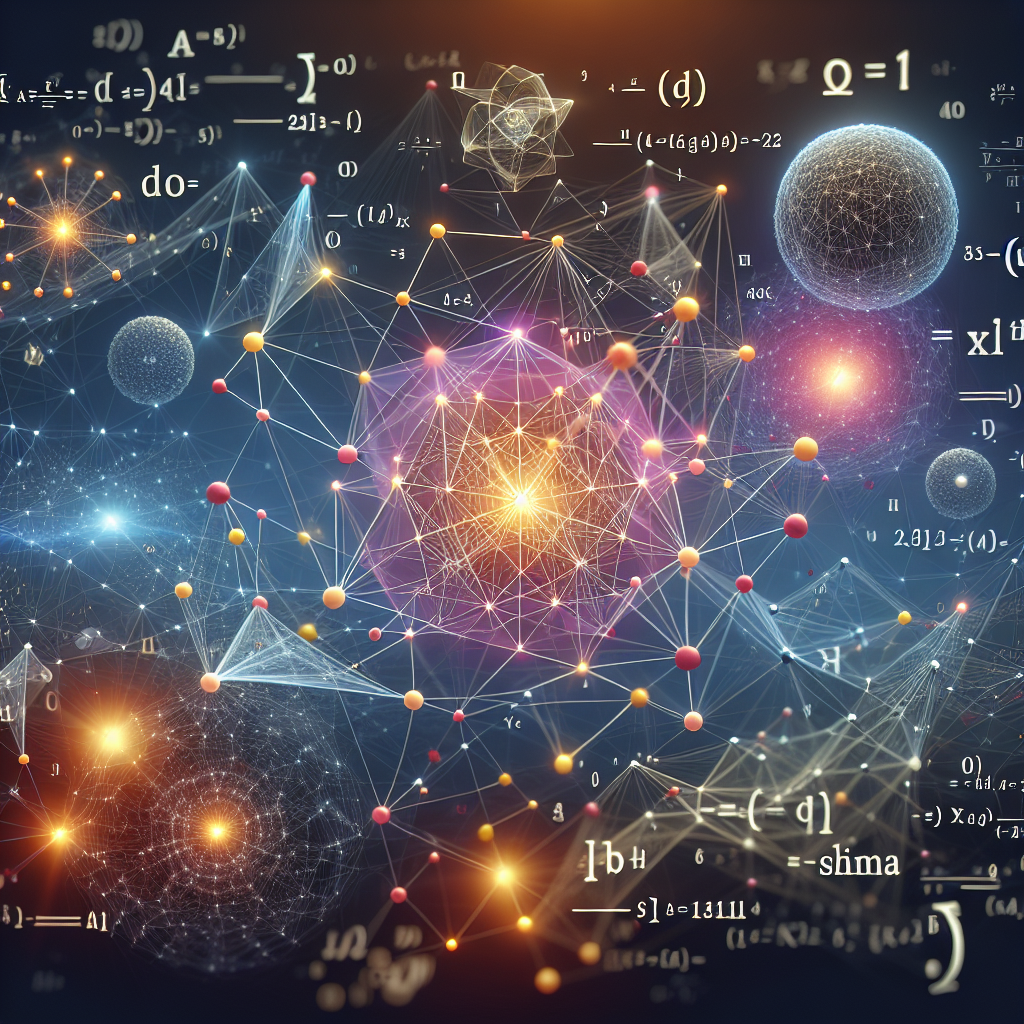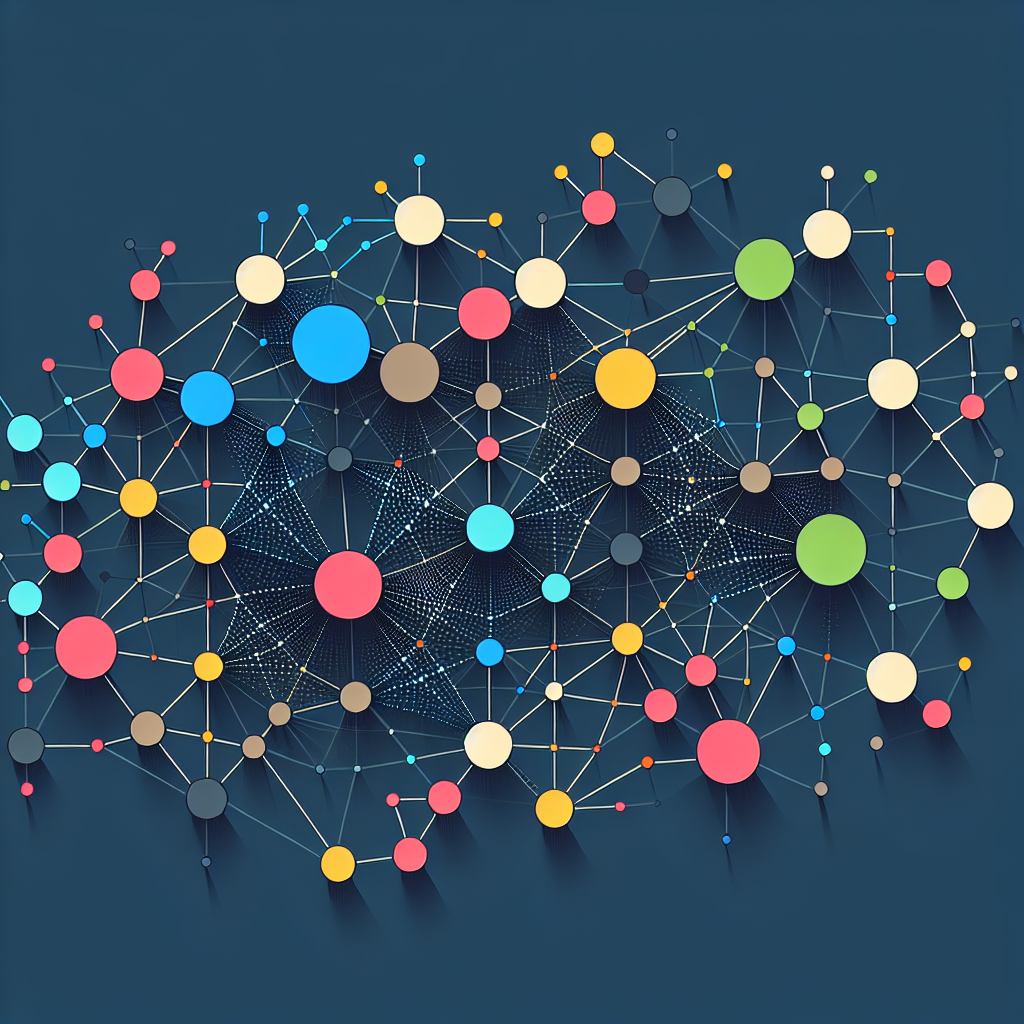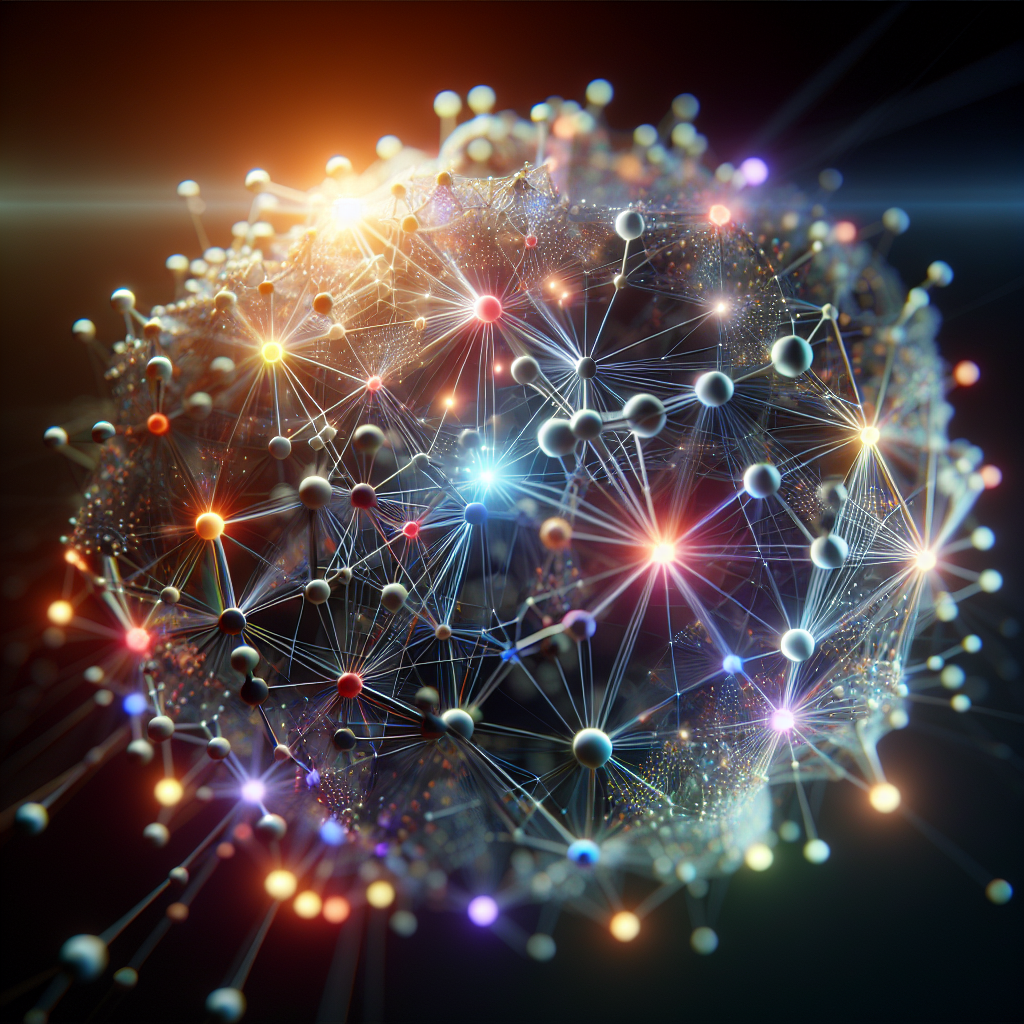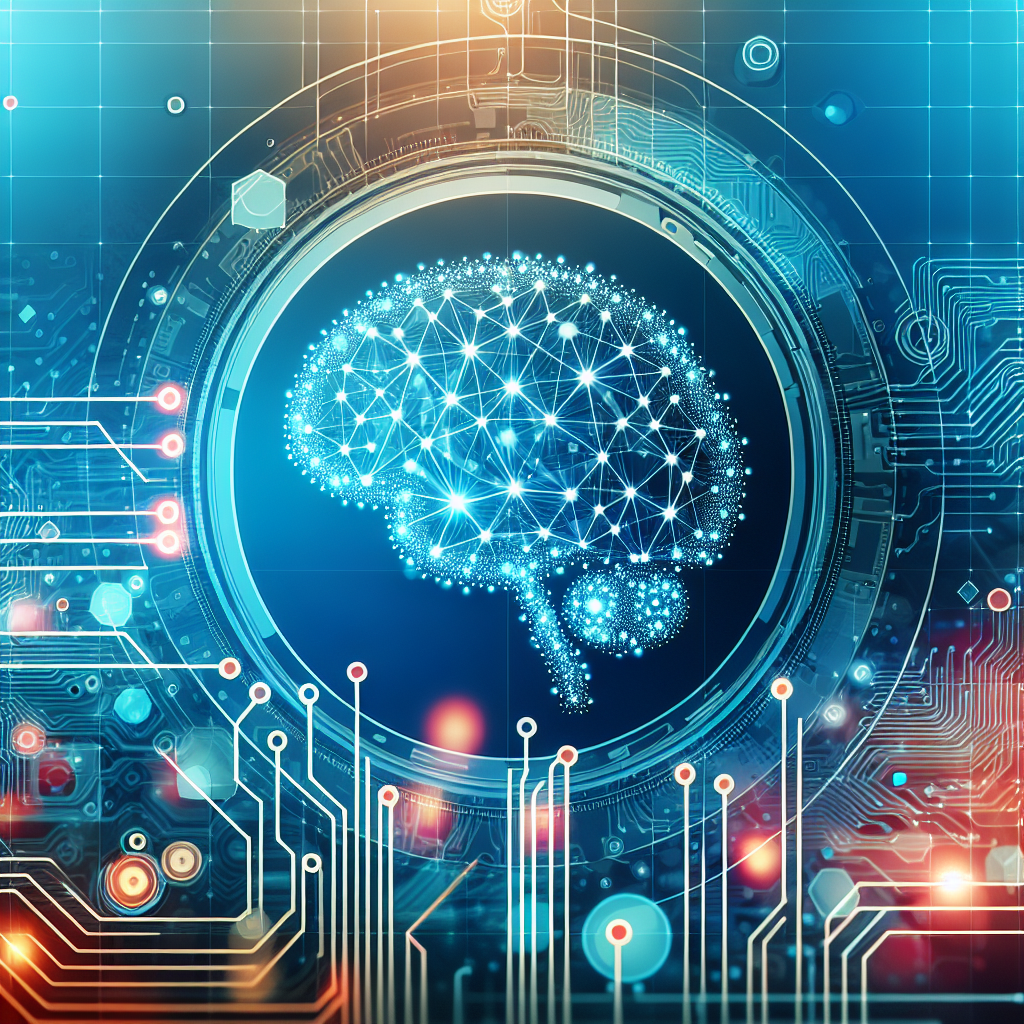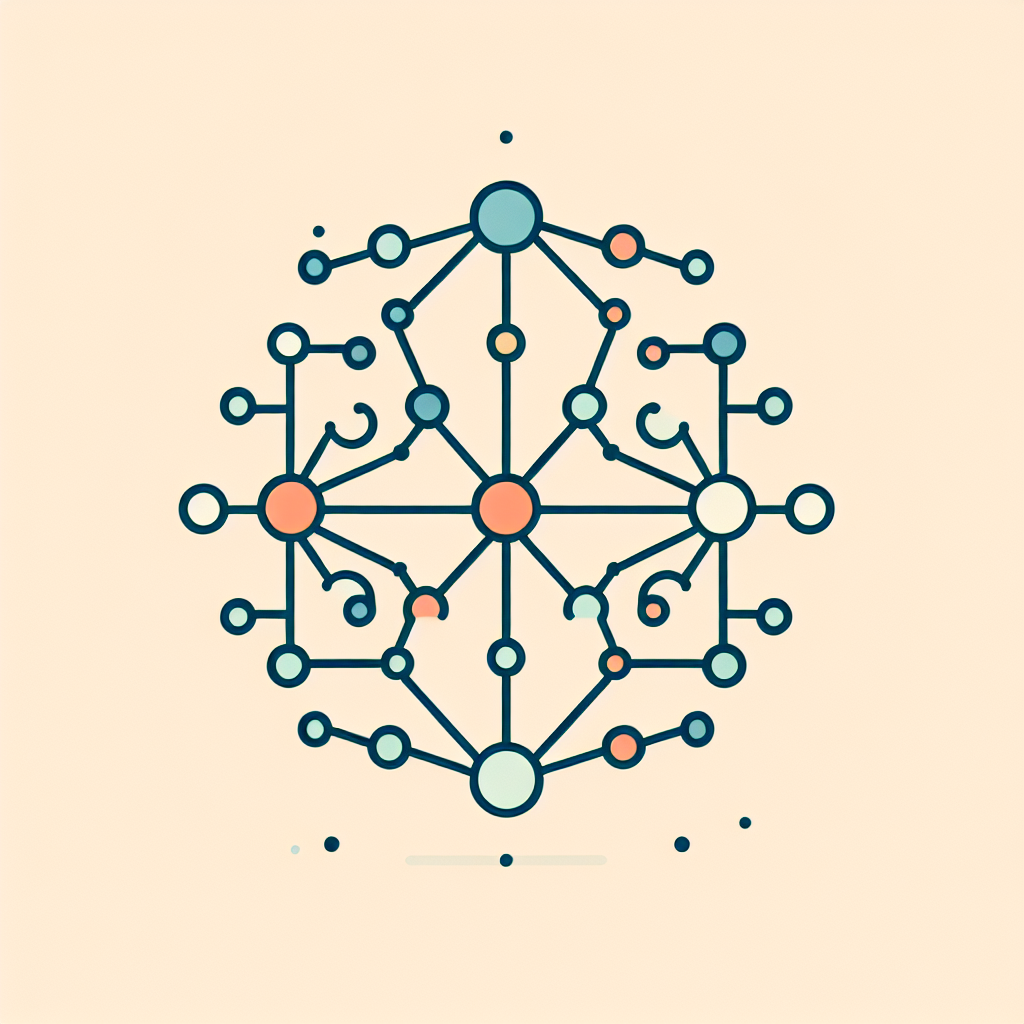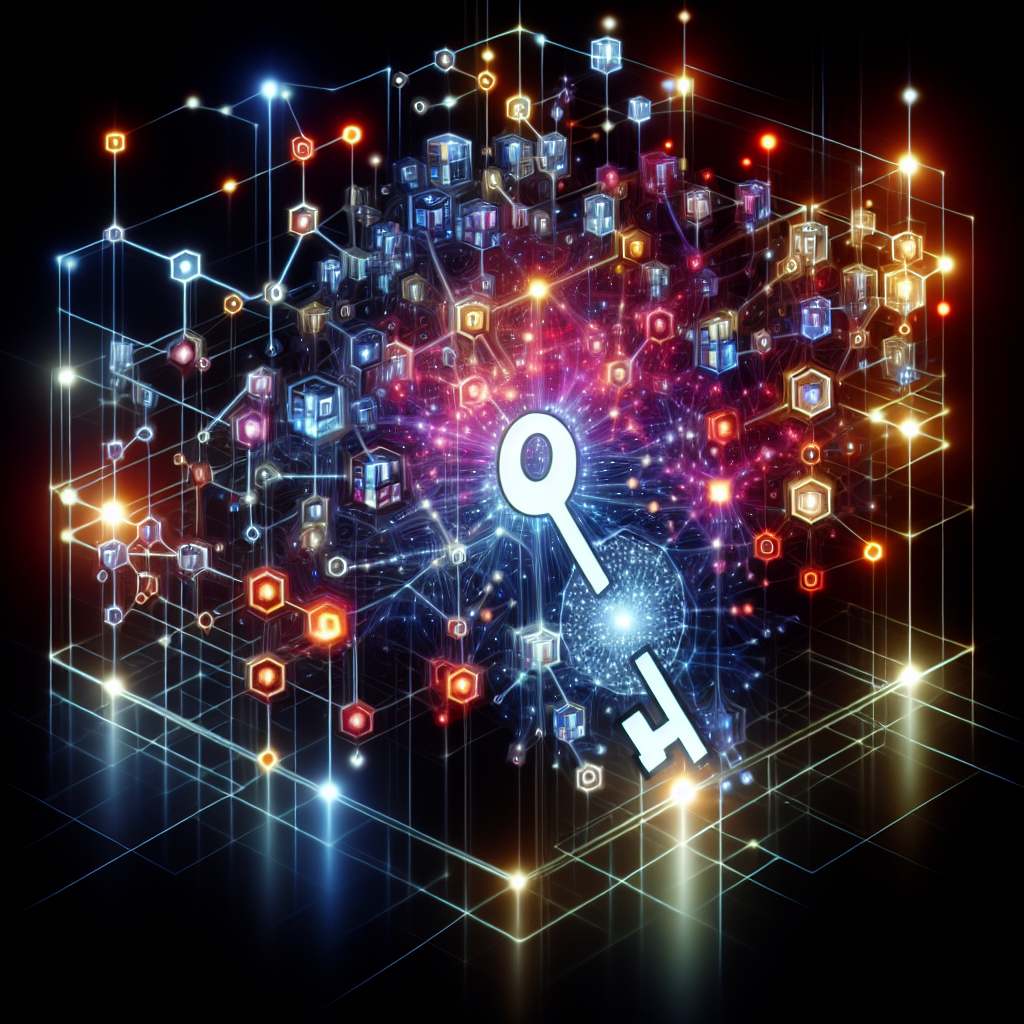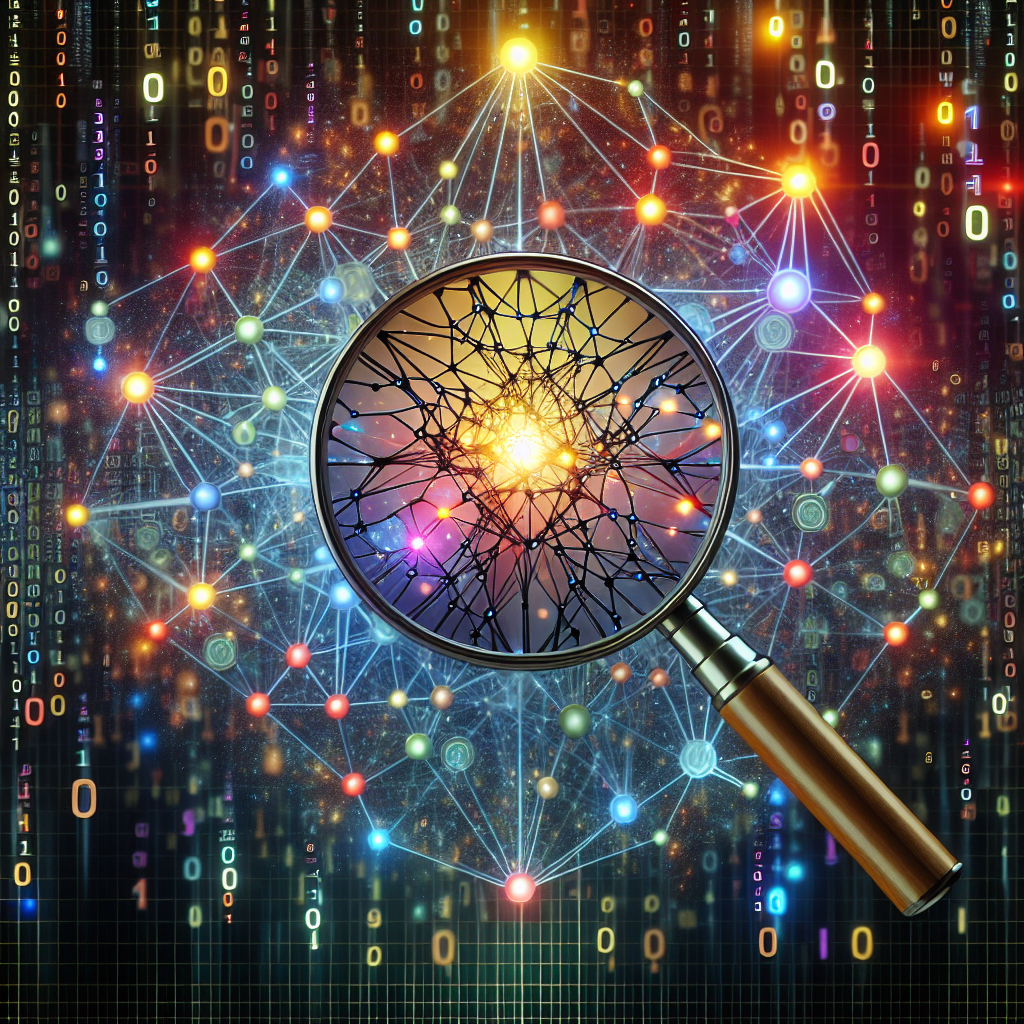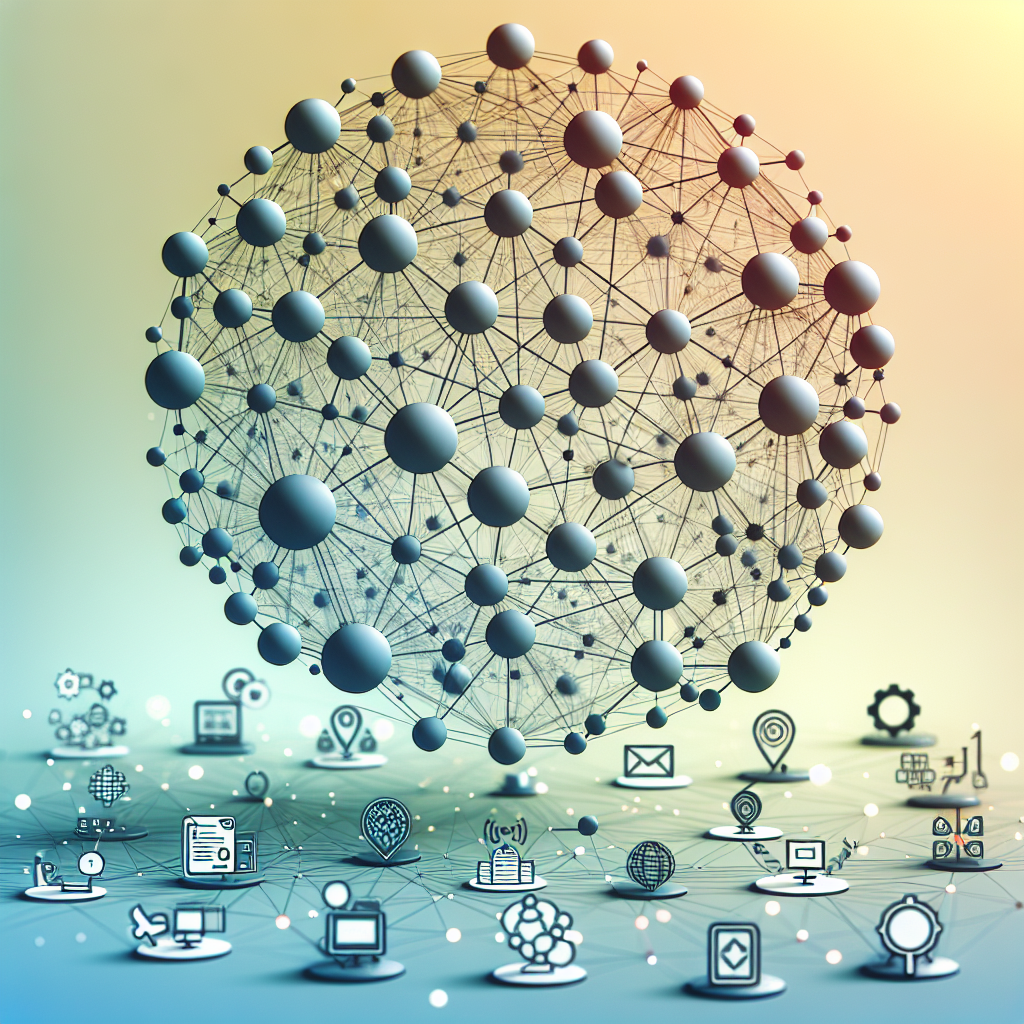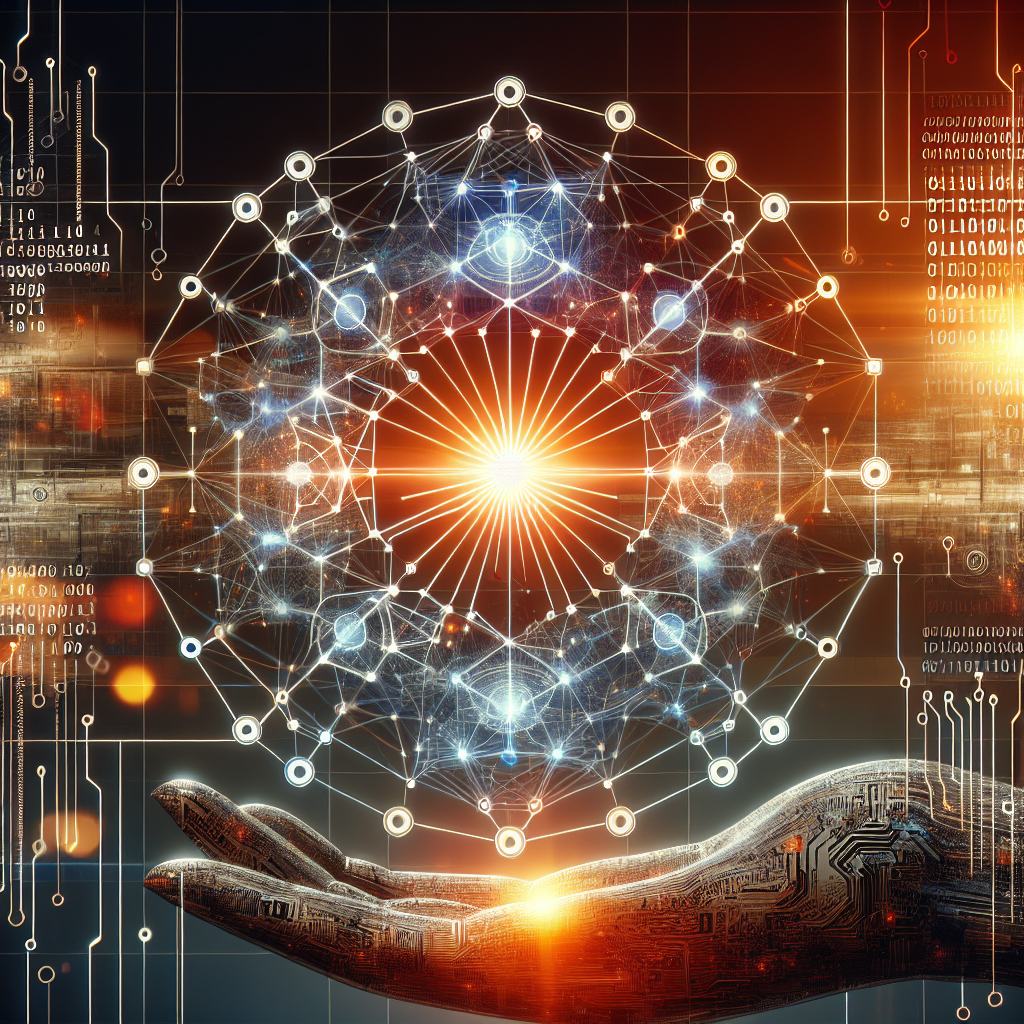Graph Neural Networks (GNNs) have gained immense popularity in the field of machine learning and artificial intelligence due to their ability to effectively model complex relationships and dependencies in data represented as graphs. In this article, we will delve into the mechanics of Graph Neural Networks and explore how they work.
Graph Neural Networks are a type of neural network architecture that is specifically designed to work with graph data structures. In a typical neural network, data is represented as a vector or matrix, where each element corresponds to a feature of the data point. However, in the case of graph data, the relationships between data points are just as important as the features themselves.
The key idea behind GNNs is to propagate information across the nodes of a graph in a way that captures the relationships between them. This is achieved through a process known as message passing, where each node aggregates information from its neighbors and updates its own representation based on this aggregated information.
During the message passing process, each node in the graph sends a message to its neighbors, which is then aggregated and used to update the node’s own representation. This process is repeated for multiple iterations, allowing information to propagate through the entire graph and capture complex dependencies between nodes.
One of the key components of a GNN is the graph convolutional layer, which performs the message passing operation. In a graph convolutional layer, each node aggregates information from its neighbors using a learnable function, which is typically implemented as a neural network. This function takes as input the features of the node and its neighbors, and outputs an updated representation for the node.
Another important component of GNNs is the graph pooling layer, which is used to downsample the graph and reduce its size while preserving important information. This is achieved by aggregating information from groups of nodes and summarizing it into a single representation, which is then used as input to the next layer of the network.
Overall, GNNs are a powerful tool for modeling graph-structured data and capturing complex relationships and dependencies. They have been successfully applied to a wide range of tasks, including node classification, link prediction, and graph classification.
In conclusion, understanding the mechanics of Graph Neural Networks is crucial for effectively applying them to real-world problems. By leveraging the power of message passing and graph convolutional layers, GNNs are able to capture complex relationships in data and achieve state-of-the-art performance in a variety of tasks. As the field of graph neural networks continues to evolve, we can expect to see even more exciting applications and advancements in the future.
#Understanding #Mechanics #Graph #Neural #Networks,gnn
